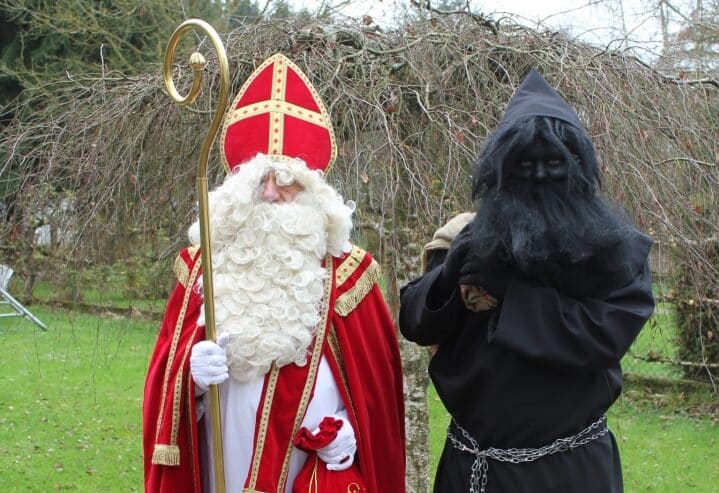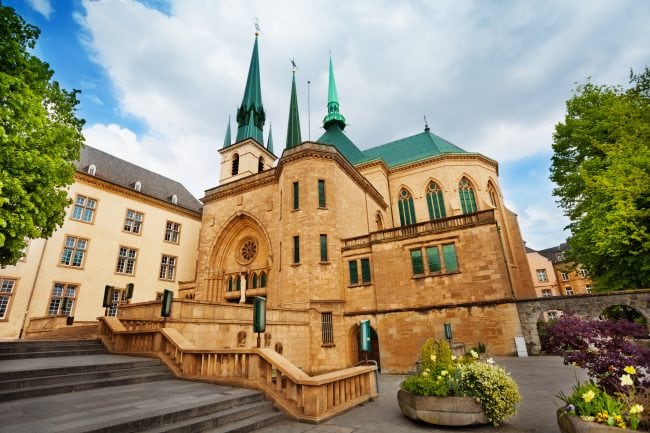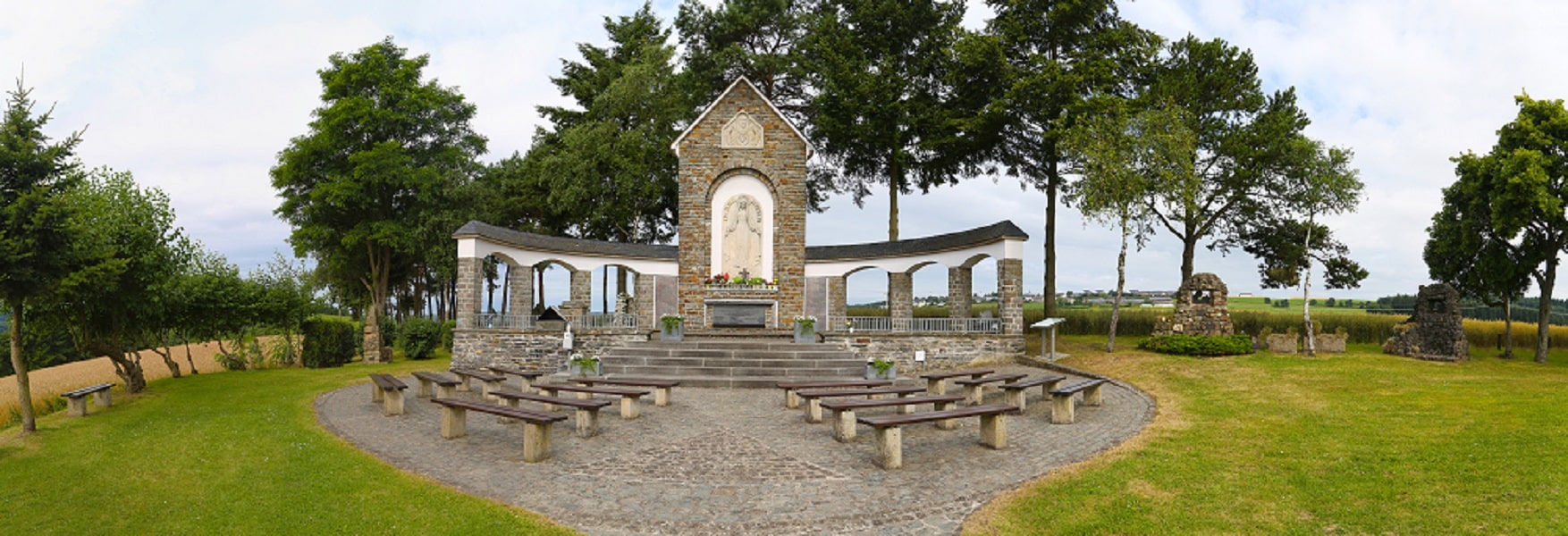
Event description
December 6, the feast day of Saint Nicholas, is an important day for all children in Luxembourg. Pupils in basic schools have no classes. The "Kleeschen" gives presents to well-behaved children. Unfortunately, the terrible "Houseker" accompanies him...
Saint Nicolas, the traditional children's festival in Luxembourg
Every child in Luxembourg looks forward to December 6, the day of Saint Nicholas.
St Nicholas Day traditions
In Luxembourg, Saint Nicholas Day is a very important day for children.
Saint Nicholas Day is celebrated during the Advent season. This represents the 4 weeks leading up to Christmas, the day of Christ's birth. In the Christian religion, Christmas is a very important holiday. It is celebrated on December 25. This is a very festive period in Luxembourg. Christmas markets light up and enliven Luxembourg towns and cities.
December 6 is St. Nicholas Day. On this day, "De Kleeschen" brings gifts and sweets to the children.
From late November onwards, children leave their slippers outside their bedroom door. They wait for "De Kleeschen". He's due to come during the night of December 5-6. Saint Nicolas will leave sweets or gifts for well-behaved children. If they haven't been good, his companion the "Houseker" will leave them twigs.
December 6, holiday for schoolchildren
In fact, December 6 is a traditional holiday for children in Luxembourg's basic schools . There are no classes on December 6. On this day, be prepared to keep your young children at home!
Kleeschen and Houseker visit elementary school
On the eve of St Nicholas' Day, the basic schools receive St Nicholas.
An old man with a beard and white hair represents the patron saint of schoolchildren. Dressed in red and white, "de Kleeschen" makes the rounds of schools and nurseries to meet the children. Delighted, the schoolchildren welcome him with great fanfare. Saint Nicolas will attend a concert prepared by the different classes. Parents are also invited. The children will sing traditional Saint Nicholas songs, including "Leiwe Kleeschen", the most famous of them all.
After the show, Saint Nicolas will hand out treats. Your child will leave with a bag filled with sweets and gingerbread. Children usually also receive a Boxemännchen, the little man made of brioche emblematic of this festive season.
Accompanying the Kleeschen is the "Houseker" bogeyman. This sinister figure is dressed all in black and carries a large bag. Traditionally, the Houseker leaves disobedient children twigs of wood instead of candy.
Street entertainment with St Nicholas processions
Every town in the Greater Region celebrates St. Nicholas with lively processions.
In Luxembourg City, the St. Nicholas procession departs from the Central Station on the Sunday before December 6. It then makes its way to the Upper Town via the Christmas Markets.
Towns like Esch-sur Alzette or Dudelange in Luxembourg... or Metz in France or Arlon in Belgium also organize their own Saint Nicholas processions. Children are delighted to follow the Saint Nicholas car and receive sweets. It's a very happy time for families.
The legend of Saint Nicholas
Saint Nicholas, bishop of Myre
The legend of Saint Nicholas is based on a man who actually existed.
Saint Nicholas is depicted wearing a miter and carrying a bishop's crozier. In fact, the figure celebrates Bishop Nicholas of Myre (270-345). He lived in the town of Myre, in present-day Turkey. He was renowned for helping the poor and protecting children.
Today, Saint Nicholas is the patron saint of many trades and nations.
Three disobedient children at the heart of the legend
Saint Nicholas is no match for Santa Claus in the Greater Region. The legend of Saint Nicholas tells of 3 children who got lost while gleaning in the fields.
Frightened, they took refuge in a butcher's shop. Instead of coming to their aid, the butcher killed the children and cut them into small pieces. He then locked them up in his salt cellar to sell the meat.
Saint Nicholas, who was passing by with his donkey, knocked on the butcher's door and asked for something to eat. The butcher realized he had been discovered. He confessed his fault.
Saint Nicholas then resuscitated the children. Unharmed, they were reunited with their parents.
Since then, Saint Nicholas or "De Kleeschen" has rewarded good and obedient children. Père Fouettard or "d'Houseker" symbolizes the butcher and punishes disobedient children.
St. Nicholas Day is the epitome of the pre-Christmas season. One of our favorite times of year in Luxembourg, when family and friends come together to enjoy the festivities.
- Start date :
- 06/12/2024
Location
Luxembourg






